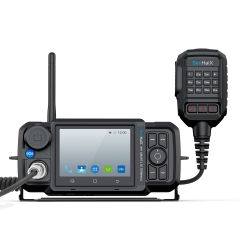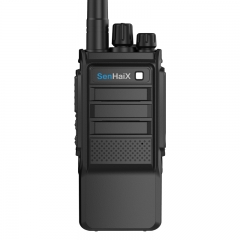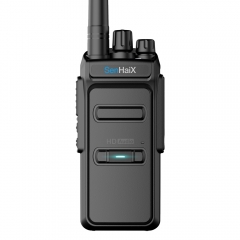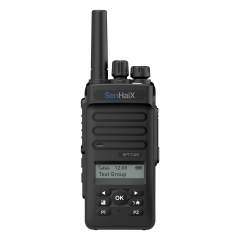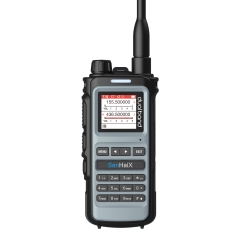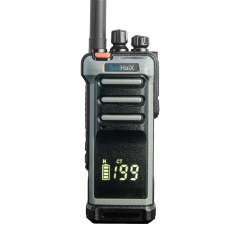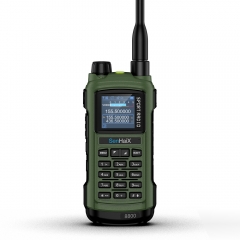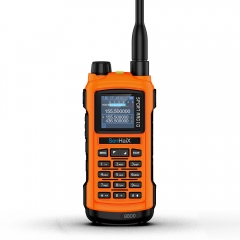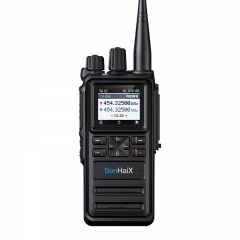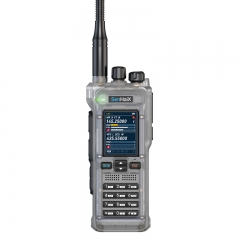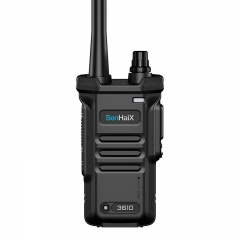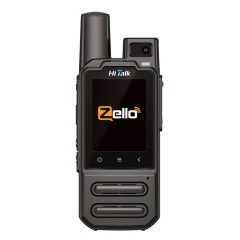During times of turmoil, such as natural disasters or political unrest, effective communication becomes even more critical. This is where the function of two-way radios truly shines. With their ability to provide reliable and real-time communication, two-way radios become invaluable tools in navigating and managing chaos. Let's explore the essential functions of two-way radios in times of turmoil.
First and foremost, two-way radios enable swift and efficient communication among emergency response teams. Whether it's coordinating search and rescue operations, providing updates on the status of affected areas, or sharing crucial information about available resources, two-way radios allow emergency personnel to be in constant contact. This instantaneous communication ensures timely response and coordination, optimizing the effectiveness of relief efforts.
Two-way radios also facilitate communication between different departments and agencies involved in crisis management. Police, fire, medical, and other emergency services can coordinate their efforts seamlessly through these devices. They enable the sharing of tactical information, incident updates, and resource allocation, enhancing overall coordination and collaboration during turbulent times.
In situations where traditional communication infrastructure may be compromised, two-way radios provide a reliable and independent means of communication. They operate on dedicated frequency bands or channels and can function even when cellular networks are overloaded, damaged, or unavailable. This resilience ensures that communication lines remain open, allowing critical messages to be relayed without relying on external infrastructure that may be compromised.
The portability of two-way radios makes them highly adaptable to mobile operations in tumultuous environments. Emergency responders can carry them on their person, enabling communication while on the move. This mobility is especially crucial in scenarios such as search and rescue missions or evacuation processes, where real-time updates and coordination are vital for saving lives and ensuring people's safety.
In addition to facilitating formal emergency response efforts, two-way radios also serve as a lifeline for the affected individuals themselves.Folks caught in chaos can utilize two-way radios to connect with authorities, report emergencies, or seek assistance. This empowers them to actively participate in their own safety and help create a network of communication and support within communities.
Furthermore, two-way radios are known for their extended battery life, enabling extended periods of use without the need for frequent recharging. This ensures that communication can be maintained even in situations where access to electricity may be limited or nonexistent. The durability and ruggedness of these devices make them well-suited for challenging environments, resilient against harsh weather conditions or physical impact.
In summary, the function of two-way radios in times of turmoil is to establish efficient, reliable, and independent communication networks. Their ability to upgrade real-time coordination, enhance emergency response efforts, operate in challenging conditions, and provide a lifeline for both responders and affected individuals makes them indispensable tools in navigating through tumultuous situations. The inherent resilience and adaptability of two-way radios contribute to maintaining order, saving lives, and restoring normalcy even in the most chaotic of circumstances.


















